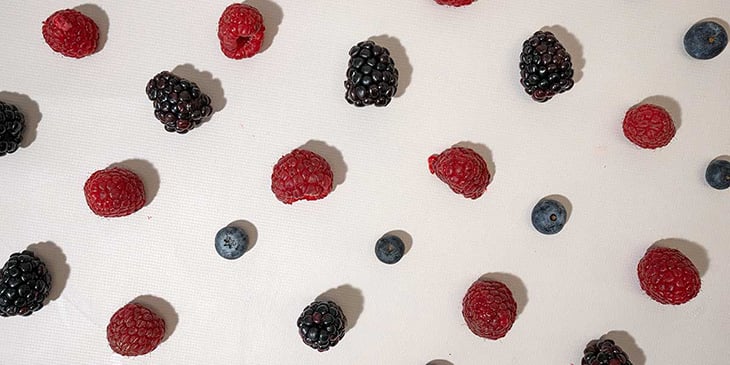One of the major contributing factors to heart health is diet. Every day we can make simple diet choices to support our heart and overall health.
It can feel daunting to change the way you are eating. Partially because you have to make this decision 3-5 times a day and even more often when you consider grocery shopping, cooking, etc. If you’re not sure where to start, it’s always best to start small.
Pick a handful of foods you can add to your weekly grocery list and then add more once you feel comfortable incorporating those initial foods into your diet.
What Does Heart-Healthy Mean?
A heart-healthy diet means consuming foods that support the optimal functioning of your heart and body on a regular basis.
This includes eating a variety of foods that reduce your risk of heart disease and other comorbidities that affect heart health, such as reducing blood pressure and cholesterol.
The American Heart Association recommends diet and lifestyle tips that are in line with an overall healthy diet. This includes the following (14):
- Diverse intake of fruits and vegetables
- Choosing whole grains most of the time
- Variety of proteins including plant-based sources like legumes and nuts; fish and seafood, low-fat or nonfat dairy, and choosing lean and unprocessed meat and poultry
- Using liquid and non-tropical vegetable oils
- Choosing mostly whole foods with less processing
- Limited intake of added sugars
- Limiting foods with added salt and reducing salt when cooking
- Limited or no alcohol intake
Check out our heart-healthy recipes for ideas on how to put these concepts into action.
Add These 6 Heart-Healthy Foods to Your Grocery List
1. Whole Grains
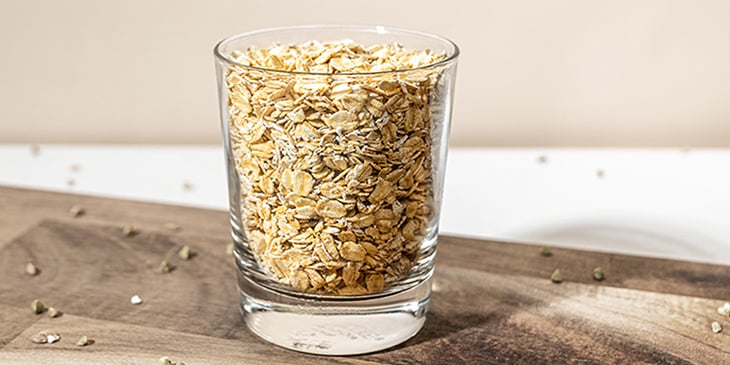
Whole grains have been widely accepted as part of a healthy diet for some time now.
Whole Grains along with living a healthy lifestyle have been positively associated with improved cardiovascular outcomes (1).
Another epidemiological study showed that diets rich in high fiber whole-grain foods are associated with reduced risk for coronary heart disease in addition to Type 2 diabetes (2).
Whole grain means that all parts of the grain (germ, endosperm, and bran), are still present. This means that you are getting the most nutrition possible from the particular grain.
Many processed foods have started including more whole grains in their recipes like cereals and breads. When choosing processed foods with grains it's best to choose those with whole grains however, opting for more whole foods is likely going to provide the most nutritional value.
A few great examples include:
- Oats (or Oatmeal)
- Whole wheat
- Brown Rice
- Barley
- Buckwheat
2. Green Leafy Vegetables
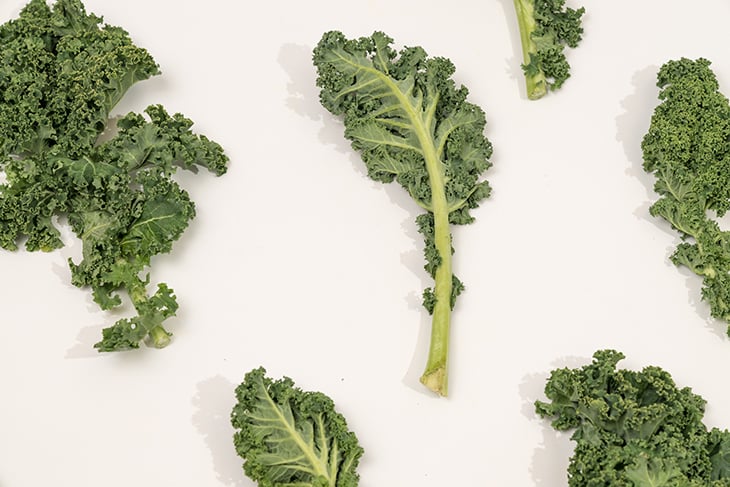
Green leafy vegetables are filled with beneficial nutrients such as nitrates, fiber, vitamin K, magnesium, and phytonutrients. Regular intake of green leafy vegetables has been associated with positive impacts on heart disease and high blood pressure (3).
A few key nutrients include nitrates which have shown to be beneficial for blood pressure reductions and reduced risk for cardiovascular disease, showing the greatest impact on peripheral vascular disease (PVD) (4).
Weight management is also a key component in optimal heart health and intake of green leafy vegetables has been shown to promote weight management and reduce the risk for cardiovascular disease and cancer (5).
A few great examples include:
- Kale
- Spinach
- Microgreens
- Swiss Chard
- Arugula
3. Salmon

Salmon is a fatty fish that is best known for its hefty dose of omega-3 fatty acids, an essential fat that your body doesn’t make so you must consume in your diet.
Adequate intake of omega-3 fatty acids helps to support endothelial function in humans, specifically helping those with atherosclerosis which is the thickening or hardening of your arteries and can lead to heart attacks or strokes (6).
Intake of omega-3’s is also positively associated with the prevention of coronary artery disease (CAD) (7).
When buying salmon, all types of salmon offer omega 3’s, however, wild-caught has shown in studies to have fewer contaminants than farm-raised (8).
4. Beans
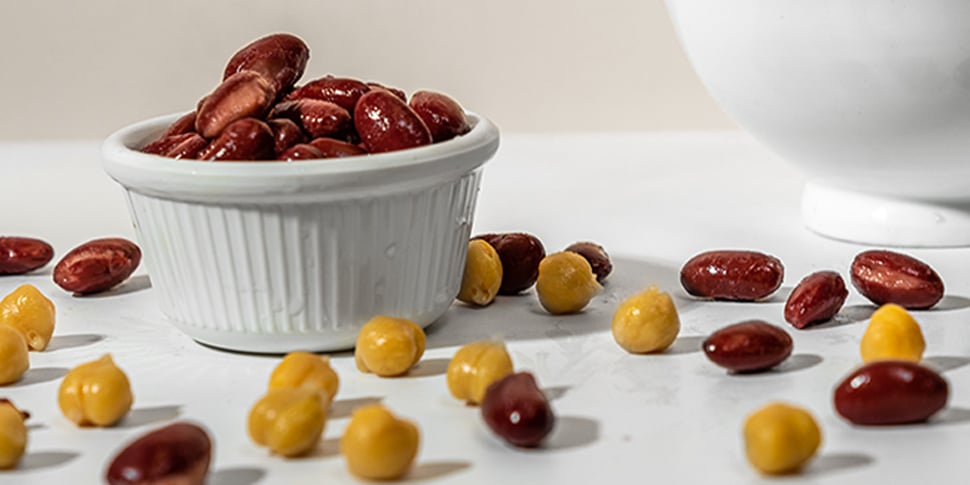
Beans and other legumes (lentils, chickpeas, etc.) are a versatile and budget-friendly pantry staple. They are loaded with protein, fiber, and phytonutrients.
Beans when consumed regularly along with other legumes have been associated with reducing LDL cholesterol. Elevated LDL cholesterol is associated with heart attack, coronary artery disease, stroke, and other heart health comorbidities (9).
Intake of beans and legumes may also support lower blood pressure and inflammatory markers and protect against coronary artery disease (10).
Best beans to buy:
- Black beans
- Garbanzo beans
- Pinto beans
5. Berries
Berries are well known for their multitude of health benefits. From claims regarding their antioxidants, fiber, and overall high nutrient profile all while being a low-calorie food.
One study found that consuming strawberries twice a week resulted in lower LDL cholesterol levels in addition to improved glycemic control (11).
Another article references the positive effects that berries have on cardiovascular health. Specifically, berries may plan a role in LDL oxidation, plasma antioxidant capacity, and dyslipidemia (12).
Berries to add to your cart:
- Blueberries
- Raspberries
- Blackberries
- Strawberries
- Goji berries
6. Dark chocolate
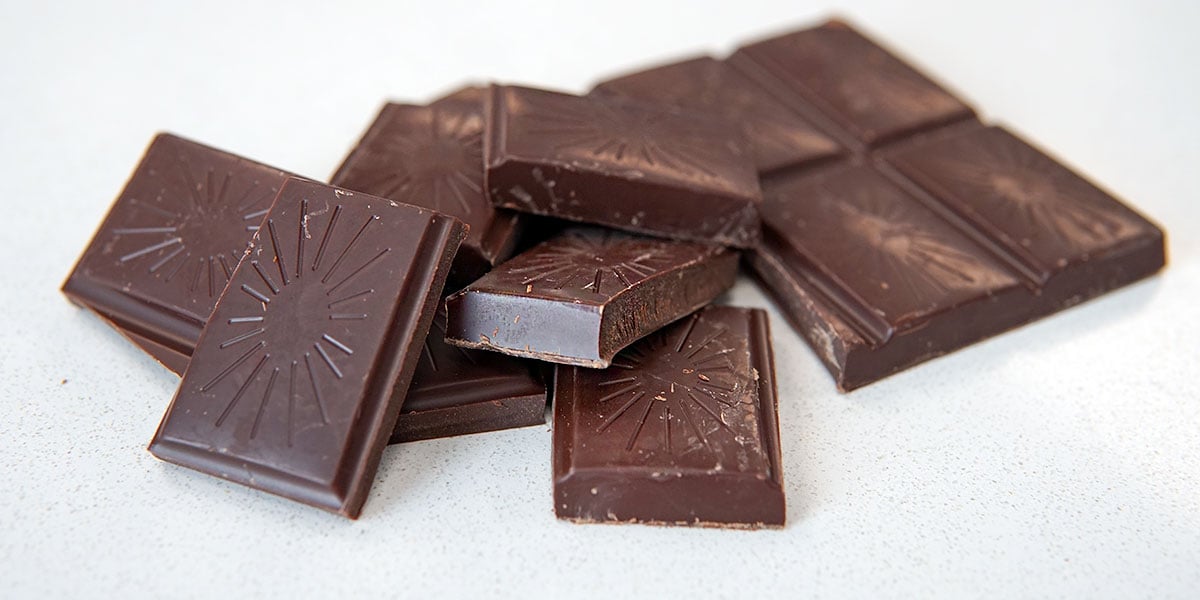
Dark chocolate is loved by many. It’s one of the few desserts that is actually often recommended for various health reasons.
One great reason to include dark chocolate as a regular part of your diet (less than 6 times per week) is the association it has with reduced risk of coronary artery disease, stroke, and diabetes (13).
To get the most benefits from your chocolate fix, opt for 70% or more cacao and limited added sugar.
If you want to take all the guesswork out of it, opt for a meal-delivery service that offers plenty of heart-healthy foods.
